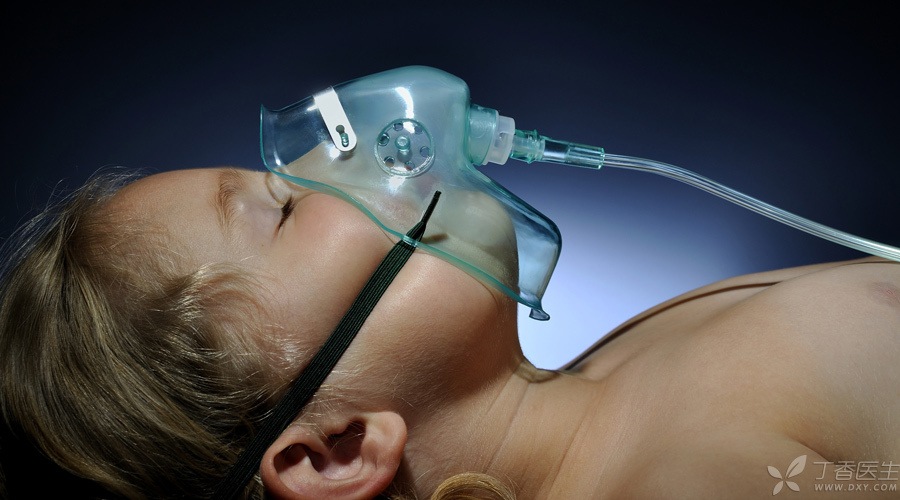
Acute carbon monoxide poisoning is poisoning caused by inhaling high concentration of carbon monoxide in a short period of time, which may cause anoxic manifestations such as headache, dizziness, chest tightness, limb weakness, etc.
Acute carbon monoxide poisoning, also known as gas poisoning, is the most common acute occupational poisoning in China and one of the common living poisoning.
Manifestations of acute carbon monoxide poisoning
According to the degree of poisoning, it can be divided into contact reaction and acute poisoning.
Contact reaction: If a relatively small amount of carbon monoxide is inhaled in a short period of time, symptoms such as headache, dizziness, palpitation and nausea may occur. After inhaling fresh air, the symptoms can generally disappear.
Acute poisoning: Short-term inhalation of high concentration carbon monoxide can lead to acute poisoning.
- When the degree of poisoning is mild, Headache, dizziness, insomnia, tinnitus, dim eyesight, blurred vision, Some will also have nausea, vomiting, palpitation, chest tightness, limb weakness, walking instability symptoms. When the degree of poisoning is serious, There will be further flushing of face, cherry red of lips, nails, skin, etc. Cheeks, chest and inner thighs are the most obvious, and drowsiness, syncope, even coma and other conditions will also occur. It is necessary to guard against the aggravation of the disease after a few acute carbon monoxide poisoning patients regain consciousness and undergo 2-60 days, i.e. Delayed encephalopathy due to acute carbon monoxide poisoning.
How to treat carbon monoxide poisoning
Quickly leave the poisoning site, move to a place with fresh air, untie your collar, keep breathing unobstructed, and closely observe your state of consciousness.
Timely first aid and treatment, oxygen inhalation therapy and other effective treatment methods.
Patients with mild poisoning degree can still engage in the original work after treatment and recovery. Poisoning is relatively serious. After treatment and recovery, one should first break away from the original working environment and conduct regular review to observe whether there are delayed symptoms or sequelae. If not, one can continue to engage in the original work. If so, you should change your job and stay away from your original job.
How to Prevent Acute Carbon Monoxide Poisoning
Personal prevention of acute carbon monoxide poisoning is mainly to strengthen understanding and personal protection.
Strengthen the understanding of carbon monoxide poisoning: Learning the relevant symptoms and first aid knowledge of carbon monoxide poisoning can discover unexpected situations in time and carry out self-help and mutual aid.
Strengthen personal protection: conscientiously implement the safety production system and operating procedures during work, regularly check relevant production equipment, and wear isolated respiratory protection articles when entering the environment with high concentration of carbon monoxide. Two people work at the same time to facilitate monitoring and mutual assistance.
Where should acute carbon monoxide poisoning be treated
After the occurrence of acute carbon monoxide poisoning, while taking the poisoned person out of the poisoned environment in time, call 120 emergency calls and hand them over to a professional emergency doctor for treatment.
After emergency relief, you can go to a local hospital with the qualification for diagnosis and treatment of occupational acute carbon monoxide poisoning and continue to receive treatment.
